Crafting Visual Integrity: The Art of Lens Selection in Video Production
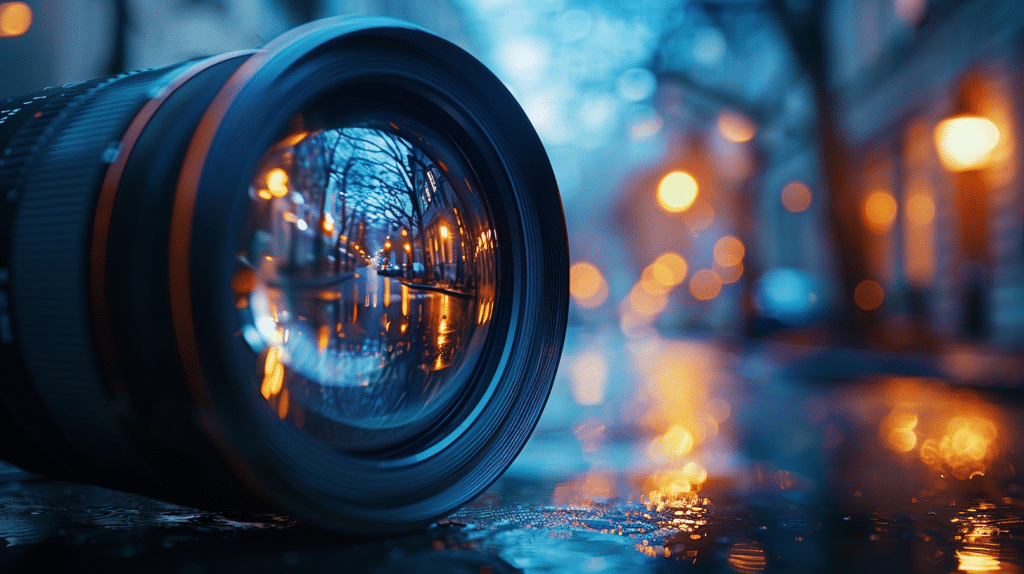
Just as a painter chooses brushes, you need to select the right lenses to craft visual integrity in video production.
Understanding how focal length alters perspective or how aperture controls light and depth of field can transform your storytelling.
Whether you opt for a prime lens for its sharpness or a zoom lens for its versatility, the choice impacts your narrative profoundly.
Special effects like bokeh and anamorphic flares can add layers of emotion and style.
So, how do you navigate these choices to elevate your work and captivate your audience?
Table of Contents
Understanding Focal Length

In the field of video production, understanding focal length is crucial for controlling your shot’s perspective and depth.
Focal length, measured in millimeters, determines how much of the scene your lens captures and how elements within the frame appear in relation to one another. It’s not just about zooming in or out; focal length affects the entire visual narrative.
Shorter focal lengths, such as wide-angle lenses, capture more of the scene but introduce focal length distortion.
This can make objects near the edges appear stretched or skewed. You might use this creatively to emphasize a sense of space or create comedic effects, but it requires careful handling to avoid an unnatural look.
On the other hand, longer focal lengths result in focal length compression.
Telephoto lenses, for instance, bring distant objects closer and make foreground and background elements appear more compact. This can create a sense of intimacy and focus or lend a dramatic flair to your subject.
Understanding these concepts allows you to manipulate visual storytelling elements effectively, enhancing the artistic vision of your production.
Each choice of focal length not only alters the image but also the viewer’s emotional connection to the scene.
Aperture and Light Control
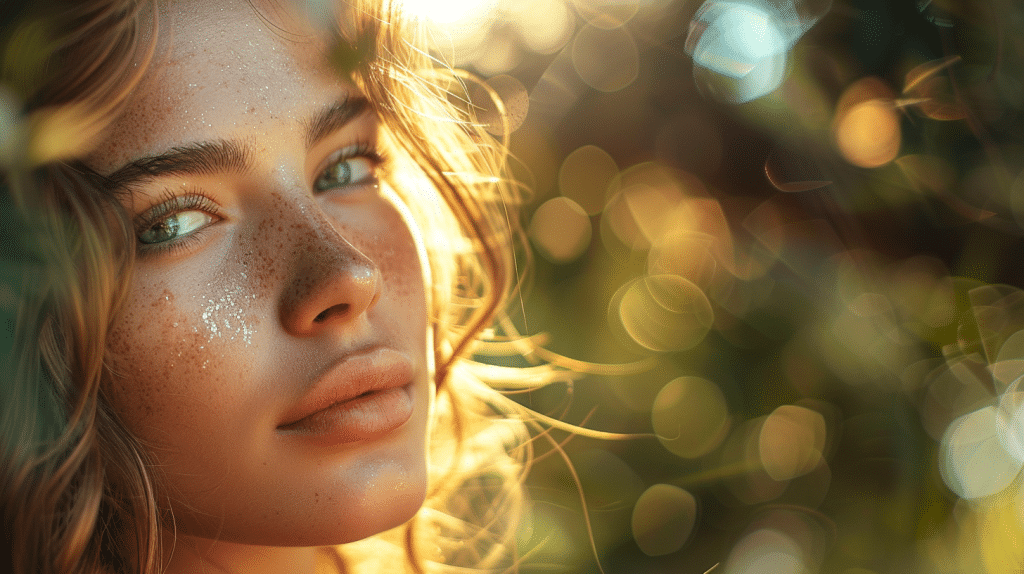
Mastering aperture and light control lets you shape the mood and depth of your video with precision.
By adjusting the aperture, you directly influence the amount of light entering the lens, which in turn affects the exposure and overall brightness. A wider aperture (lower f-stop number) allows more light, making images brighter and enabling you to shoot in low-light conditions without compromising on quality.
The aperture also plays a pivotal role in crafting the visual aesthetics of your video.
For instance, a wide aperture creates a shallow depth of field, producing beautiful bokeh shapes in the background that can add a dreamy, artistic touch to your shots. These bokeh shapes can vary depending on the lens’s aperture blade design, allowing you to customize the out-of-focus elements creatively.
Additionally, controlling light through aperture adjustments helps manage lens flares.
While some flares can add a dramatic effect, unwanted flares can distract from the main subject. By fine-tuning the aperture, you can minimize these flares, ensuring your video maintains its visual integrity.
In essence, meticulous control over aperture and light empowers you to tell your story visually, balancing technical precision with artistic vision.
Depth of Field Techniques
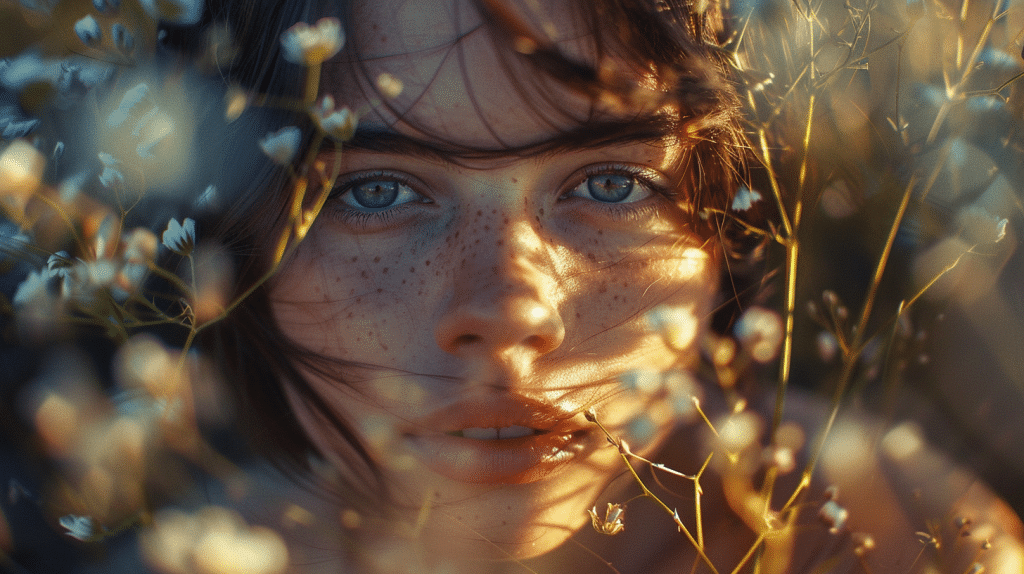
To achieve striking visual storytelling, mastering depth-of-field techniques is essential for directing your audience’s focus. By controlling the depth of field, you can isolate subjects, create a sense of space, and enhance the emotional impact of your scenes.
A shallow depth of field produces a captivating bokeh effect, blurring the background while keeping your subject in sharp focus. This technique is especially effective in portraits and close-ups, where you want to draw attention to specific details.
On the other hand, a deep depth of field keeps everything in the frame clear and sharp, which is useful for landscapes or intricate scenes where context matters.
To manage this, you’ll need to understand hyperfocal distance—the point where everything from half that distance to infinity appears acceptably sharp. This is important for ensuring that both foreground and background elements are in focus, adding layers of depth to your composition.
Adjusting your aperture, focal length, and camera-to-subject distance are key factors in achieving the desired depth of field. A wider aperture (lower f-number) decreases depth, while a narrower aperture (higher f-number) increases it.
Mastering these techniques will elevate your visual storytelling, making your videos not just seen, but felt.
Lens Types and Uses
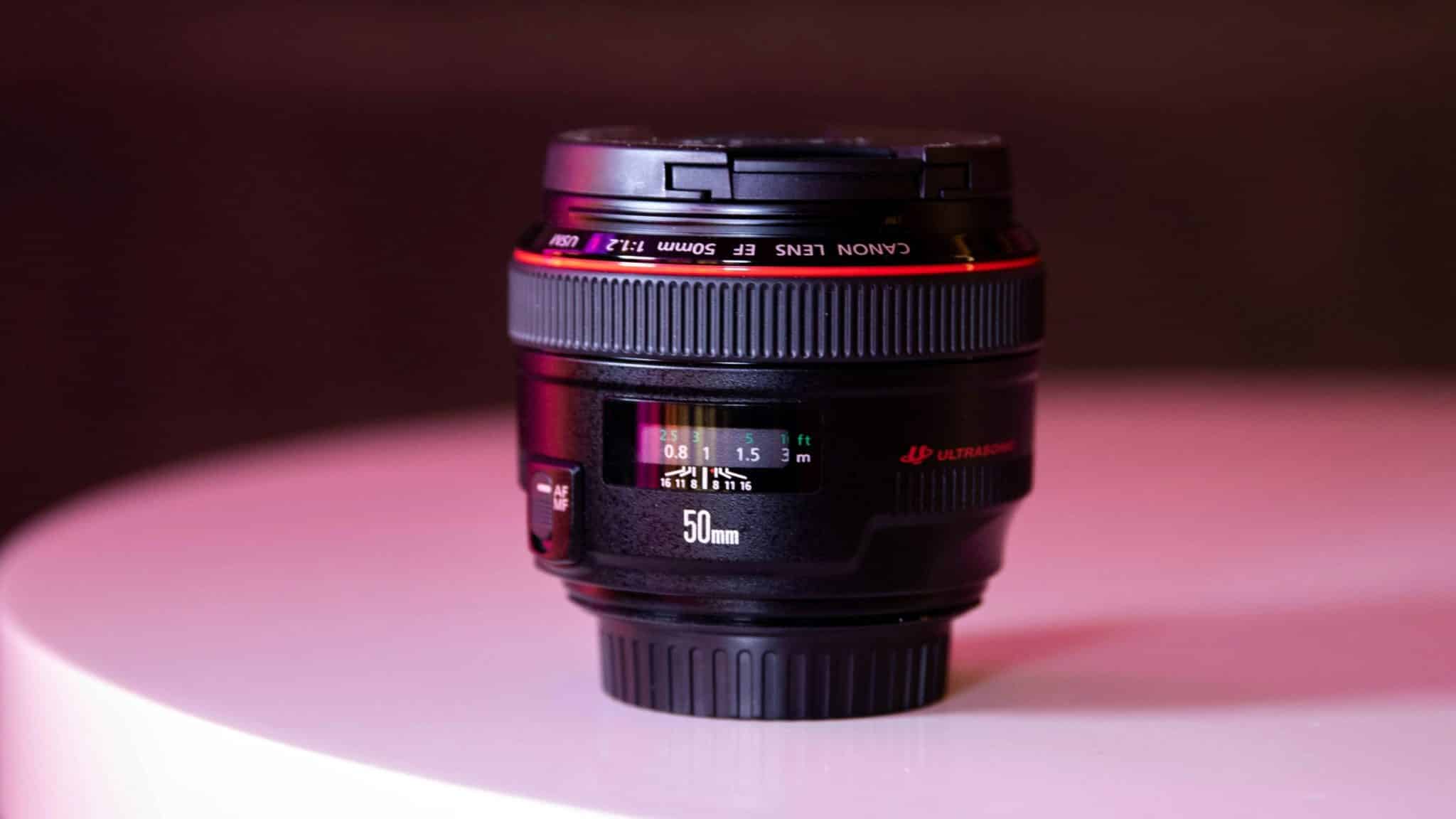
Selecting the right lens is pivotal for capturing the depth of field effects discussed earlier, as different lenses offer unique focal lengths and characteristics that shape your creative vision.
Prime lenses, known for their fixed focal lengths, are celebrated for their sharpness and ability to perform exceptionally well in low-light conditions.
These lenses force you to physically move the camera to frame your shot, fostering a deliberate approach to composition. A 50mm prime lens, often referred to as the ‘nifty fifty,’ provides a natural field of view, making it ideal for portrait shots and interviews.
Zoom lenses, on the other hand, offer versatility through their variable focal lengths.
With a single lens, you can swiftly switch from wide-angle to telephoto perspectives, making them invaluable for dynamic shooting environments like documentaries or events. A 24-70mm zoom lens, for instance, covers a broad range and allows you to capture both expansive scenes and detailed close-ups without changing lenses.
Understanding the strengths and limitations of prime lenses and zoom lenses is vital. Each type offers distinct advantages that can enhance your storytelling, whether you need the precision of a prime lens or the adaptability of a zoom lens.
Creative Lens Effects
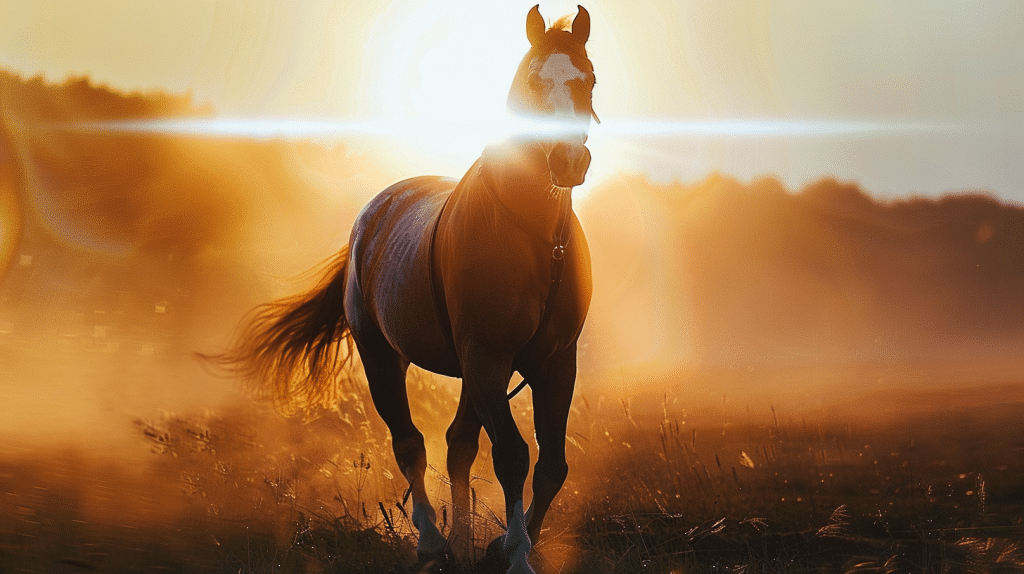
Creative lens effects can dramatically alter the mood and narrative of your video, adding layers of visual storytelling through techniques like bokeh, lens flare, and tilt-shift.
Bokeh effects, for instance, can transform ordinary backgrounds into a dreamy, out-of-focus blur that directs the viewer’s attention precisely where you want it.
Selecting a lens with a wide aperture, such as f/1.4 or f/2.8, enhances this effect, making it particularly useful for intimate close-ups or evocative scenes.
Anamorphic flares, on the other hand, bring a distinct cinematic quality to your visuals. These flares, often characterized by their horizontal streaks of light, are achieved using anamorphic lenses.
They can inject a sense of grandeur and drama, ideal for action sequences or emotional moments. To optimize anamorphic flares, make sure your light sources are positioned to interact dynamically with the lens, creating compelling visual highlights.
Tilt-shift lenses provide another creative avenue, allowing for selective focus that can make scenes appear miniature or emphasize specific elements. By manipulating the plane of focus, you can craft unique perspectives that stand out.
Mastering these creative effects requires practice, but they offer powerful tools for enhancing your artistic vision.
Frequently Asked Questions

How Do Lens Coatings Affect Video Quality and Color Accuracy?
Think of lens coatings like sunglasses for your lens. They minimize light flares and control spectral highlights, ensuring your video has high-quality and true color accuracy.
What Are the Best Practices for Maintaining and Cleaning Video Lenses?
To maintain your video lenses, always use lens caps when not in use to prevent dust and scratches.
Invest in professional cleaning kits that include microfiber cloths and lens cleaning solutions. Gently wipe the lens in a circular motion to avoid streaks.
Regular maintenance guarantees your lenses contribute to your artistic vision by preserving visual storytelling and technical precision. Avoid harsh chemicals to uphold color accuracy and lens integrity.
How Does Lens Choice Impact Post-Production Editing and Color Grading?
In post-production, lens choice can be the brush that paints your story. The focal length you select greatly influences the depth of field, affecting both your editing and color grading.
A shallow depth of field brings focus to your subject, requiring precise color adjustments, while a wide depth of field offers more flexibility.
Your artistic vision hinges on these technical choices, ensuring your visual storytelling is both impactful and seamless.
What Role Do Anamorphic Lenses Play in Achieving a Cinematic Look?
Anamorphic lenses play a pivotal role in achieving a cinematic look. They create a unique visual aesthetic with deep bokeh and distinctive horizontal flares, enhancing your film’s artistic vision.
These lenses compress the image, capturing a wider field of view, which allows for more dynamic visual storytelling. By using anamorphic lenses, you can elevate the technical precision of your shots, ensuring your film stands out with a professional, cinematic quality.
How Can I Choose the Right Lens for Shooting in Low Light Conditions?
Choosing the right lens for low light is like finding the Holy Grail. First, go for a lens with wide aperture settings (f/1.4 or f/2.8). This lets more light hit the sensor.
Second, consider focal length: a 50mm prime is great for sharp, bright shots. Your artistic vision will shine through, ensuring technical precision while enhancing your visual storytelling in dim environments.
Share:
Search our blog:
Follow us on:
